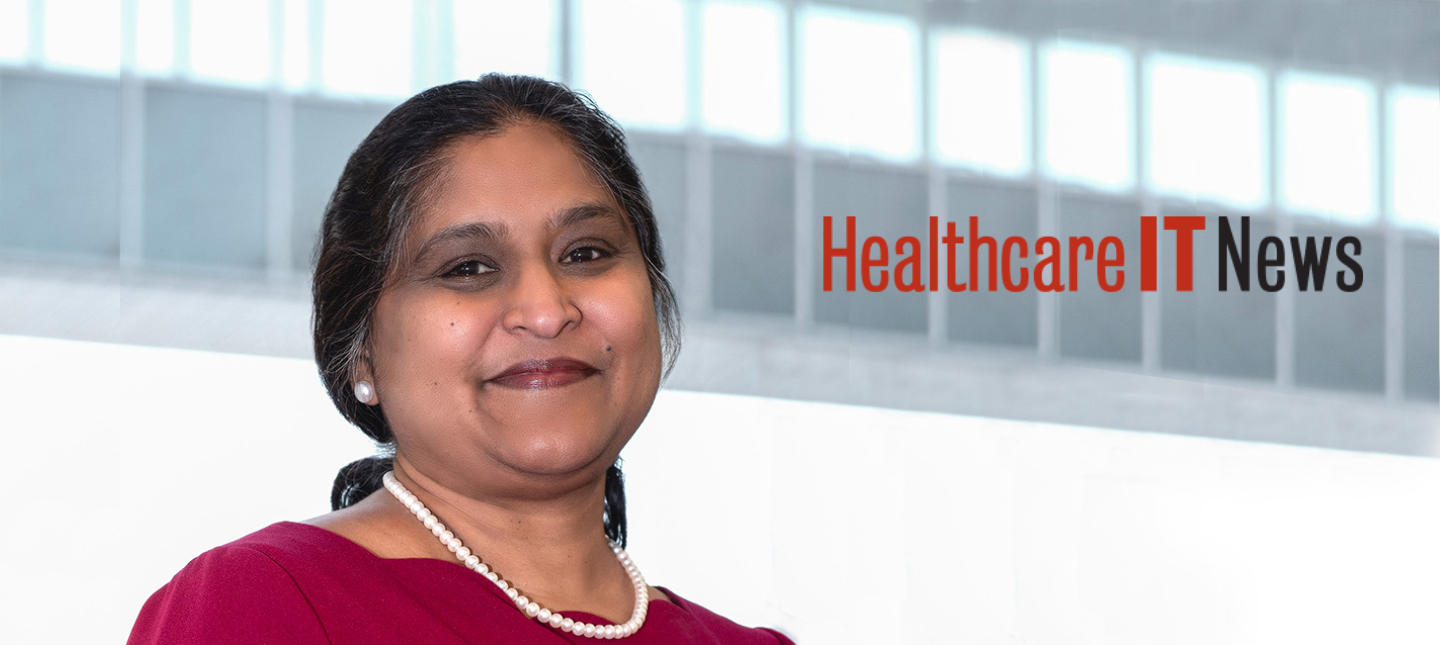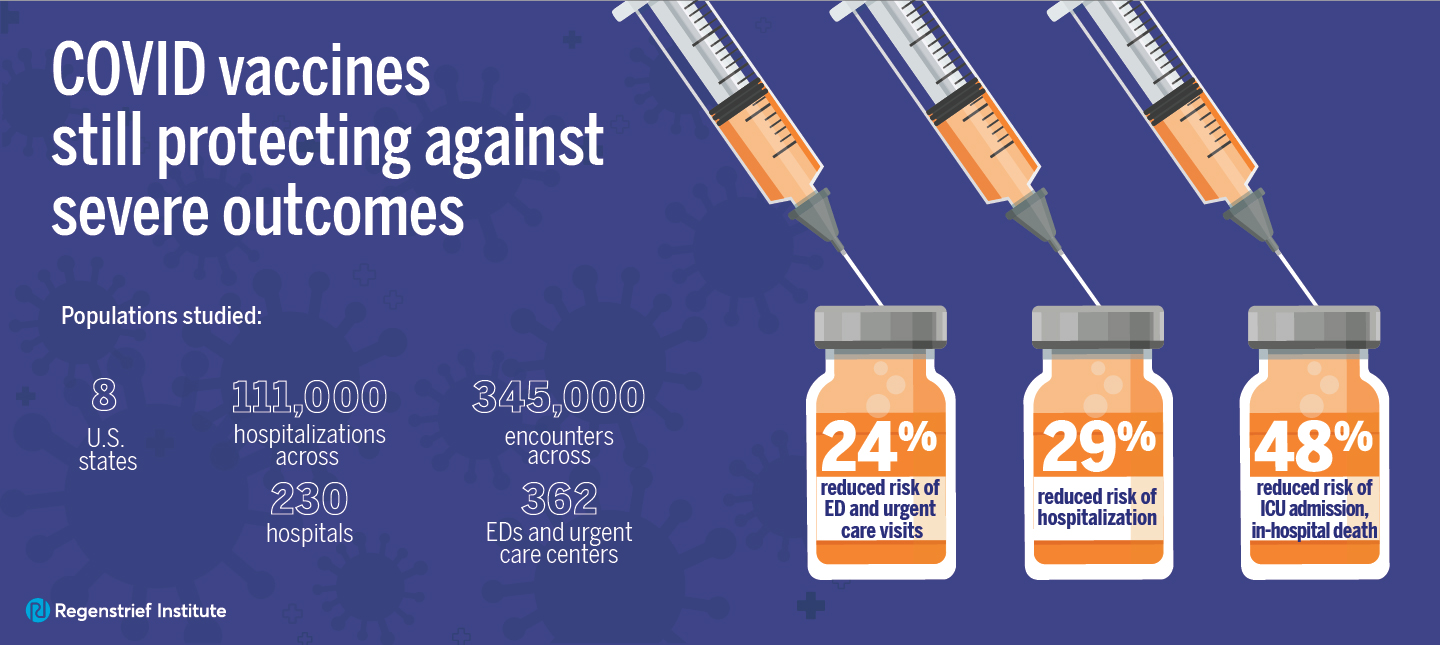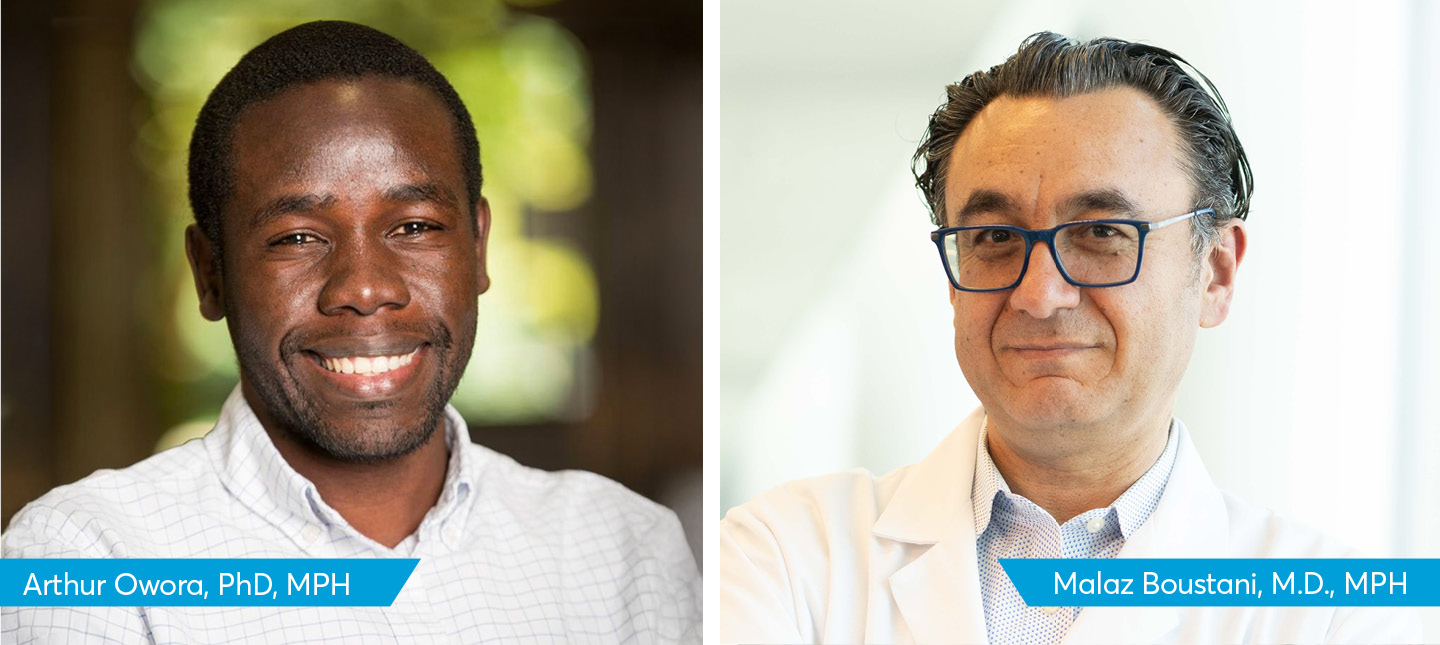New $2.4 million NIH award supports efforts to go beyond current inefficient, paper-based approach to data sharing
Dental professionals require access to each patient’s complete electronic health record — including laboratory test results and current prescriptions — so they can provide the best care possible; care that is safe for the patient, promotes preventive management and improves dental treatment outcomes.
This unprecedented access would aid all types of dental professionals, including general dentists, oral surgeons, periodontists, prosthodontists, endodontists, hygienists and others. A new multi-study project from the Regenstrief Institute and Indiana University School of Dentistry has determined that information from patients’ medical records is generally not available to oral health practitioners in either an easy-to-use or timely manner.
The dental informatics researchers confirmed that requested medical information typically is faxed from a medical facility to the dental office. Faxes, sometimes unreadable when received, often are scanned into the patient’s dental record. The researchers found that, typically, the faxed information arrived in 7 to 10 days, although in the study, 30 percent took even longer.
“Oral health practitioners may need to confirm a list of medical considerations; for example, that there is no contraindication to a patient sitting in a chair for a lengthy procedure or whether a patient is taking any medication that could put them at risk for excessive bleeding during a tooth extraction or other procedure,” said senior author and study leader Thankam P. Thyvalikakath, DMD, MDS, PhD, director of the Regenstrief and IU School of Dentistry Dental Informatics program. “In this day and age of electronic data transmissions in banking, shopping and other commercial fields, should health professionals still be relying on inefficient, paper-based methods for sharing patient information?”
Demand for advanced dental care is increasing due to people living longer with chronic diseases like HIV and the growing number of older adults with natural teeth. For these patients, information from their medical file may be especially critical to appropriate dental treatment.
The researcher-clinicians found that the medical information most frequently requested by a dental office to finalize treatment decisions and procedure timing were patient diabetes status and history of blood sugar levels. Knowing this information helps oral health professionals rule out any contraindication to undergo dental treatments, determine outcomes of a surgical procedure or assess options for implant placement and calculate risk for gum disease. For example, if blood sugar numbers are high, there is a greater probability that an implant may fail.
“Retrospective Study of the Reasons and Time Involved for Dental Providers’ Medical Consults” is published in the peer-reviewed journal Frontiers in Digital Health. Authors, in addition to Dr. Thyvalikakath, who is the senior and the corresponding author, are Shuning Li, PhD, IU School of Dentistry; Karmen S. Williams, MBA, DrPH, Regenstrief Institute and IU Richard M. Fairbanks School of Public Health, IU School of Dentistry and City University of New York; Jayanth Kuman Medam, BDS, M.S., IU School of Dentistry and ELLKAY LLC; Jay S. Patel, BDS, MS, PhD, IU School of Dentistry and Temple University and Theresa Gonzalez, DDS, IU School of Dentistry.
The study was funded by IU School of Dentistry and the National Library of Medicine.
Related study reports few dental-medical record integrations exist
In a related study, published earlier this year, Dr. Thyvalikakath and colleagues report that, with the exception of large healthcare organizations that provide both dental and medical care to patients, for example safety net health systems, few integrated medical-dental records exist. In “How Do Dental Clinicians Obtain Up-To-Date Patient Medical Histories? Modeling Strengths, Drawbacks, and Proposals for Improvements,” also published in Frontiers in Digital Health, the researcher-clinicians present a health information exchange (HIE) approach they designed to address the need of dental professionals to access a patient’s medical record expeditiously. They note this approach can be adopted by electronic health record (EHR) and electronic dental record (EDR) vendors to develop a connection between dental systems and HIEs.
Authors of this study, in addition to Dr. Thyvalikakath, who is the senior author, are Shuning Li, PhD, IU School of Dentistry; Anushri Singh Rajapuri, BDS, M.S., Regenstrief Institute; Grace Gomez Felix Gomez, BDS, PhD, MPH, IU School of Dentistry; and Titus Schleyer, DMD, PhD, and Eneida Mendonca, M.D., PhD, Regenstrief Institute and IU School of Medicine.
“Oral health practitioners shouldn’t have to wait, as our work shows they often currently must, for medical information to make treatment decisions. Delays in receiving medical information can require dental treatment to be postponed, sometimes to the detriment of the patient’s health and convenience,” said Dr. Thyvalikakath. “And the exchange of information process should be two-way – in addition to the medical record informing dental care, dental records can inform medical care. For example, an oral health professional’s identification of new oral ulcers or dry mouth may alert the physician to a previously unreported medical issue or present another symptom, helping in the identification of a medical syndrome. Incorporating the patient’s electronic dental record as part of the information that can be shared through an HIE makes this possible and practical.”
NIH grant to investigate HIEs and medical-dental records coordination
“The advantage of accessing the patient’s medical history through an HIE is that not only will the data be readily and promptly available, but dental professionals will also have access to extensive information coming from multiple providers – the primary care physician, specialists, emergency departments, and from multiple healthcare systems,” said Dr. Thyvalikakath. “Incomplete patient medical history can compromise dental care and increase the risk of potential adverse events, a concern that has intensified during the pandemic with oral health professionals having to rely on the patient for many issues related to COVID-19, such as immuno-compromised status and vaccine history, to prevent disease transmission.”
With the NIDCR funding, the researchers hope to demonstrate that the electronically transmitted patient medical summaries from an HIE, in addition to being timelier, will contain a higher percentage of complete, up-to-date and legible medical information than what oral health providers now receive via fax.
The goal of the study, which will commence in the coming months, is to lay a strong foundation for interprofessional dental-medical care delivery that supports patient care and reduces dental care costs. The research team plans to design, develop and test new technological solutions that are practical for the connection of even solo- and small- group dental practices with community HIEs to access their patients’ medical data. They anticipate that their work will facilitate bidirectional communication among providers to promote patient safety and enhance both dental and medical health.
Thankam Thyvalikakath, DMD, MDS, PhD
In addition to her role as a Regenstrief research scientist and director of the Regenstrief and IU School of Dentistry Dental Informatics program, Thankam Thyvalikakath, DMD, MDS, PhD, is the director of the dental informatics core, a professor at IU School of Dentistry and an adjunct associate professor in the IUPUI School of Informatics and Computing.
About the Regenstrief-IU School of Dentistry Dental Informatics Program
Established in 2019, the Regenstrief Institute-IU School of Dentistry Dental Informatics Program is one of only a few in the U.S., and perhaps the only one linked to a clinical data repository managed by a regional health information exchange. The program uses both electronic dental and medical record data for clinical research to develop interoperable databases and advance the knowledge of oral health problems that cause, co-occur with or result from medical conditions. The goal is to implement findings into dental clinics and other points of care.
About Regenstrief Institute
Founded in 1969 in Indianapolis, the Regenstrief Institute is a local, national and global leader dedicated to a world where better information empowers people to end disease and realize true health. A key research partner to Indiana University, Regenstrief and its research scientists are responsible for a growing number of major healthcare innovations and studies. Examples range from the development of global health information technology standards that enable the use and interoperability of electronic health records to improving patient-physician communications, to creating models of care that inform practice and improve the lives of patients around the globe.
Sam Regenstrief, a nationally successful entrepreneur from Connersville, Indiana, founded the institute with the goal of making healthcare more efficient and accessible for everyone. His vision continues to guide the institute’s research mission.
About Indiana University School of Dentistry
The only dental school in the Hoosier state, Indiana University School of Dentistry (IUSD) offers an extraordinary learning environment in which teaching, research and community service come together in the best way possible for the preparation of tomorrow’s dental professionals. About 80 percent of the dentists practicing in the state of Indiana are alumni of the school.
Founded in 1879 in Indianapolis, IUSD is located on the health sciences campus of IUPUI, one of the outstanding urban universities in the United States with a recognized commitment to community engagement. IUSD capitalizes on the campus’s central location in the state and its position in the research corridor that links IUPUI, Purdue University West Lafayette, and Indiana University Bloomington. IUSD faculty conduct world-class interdisciplinary research in collaboration with the other IU health science schools and the Purdue Schools of Engineering and Technology and Science.









